RAUM.Berlin was one of the highlights of Berlin Fashion Week SS26 – an immersive exhibition featuring nine designers who showcased their collections over the course of three days.
The format was organized by the Fashion Council Germany, aiming to offer an alternative to the traditional runway show – a space for expression, where designers could present their full creative vision in individually designed environments. A format that allowed for a completely new perspective on emerging talent. Numéro Berlin was on site and particularly impressed by two brands that should now be on your radar: DAGGER and Moritz Iden. Here, we introduce the two labels in short portraits.
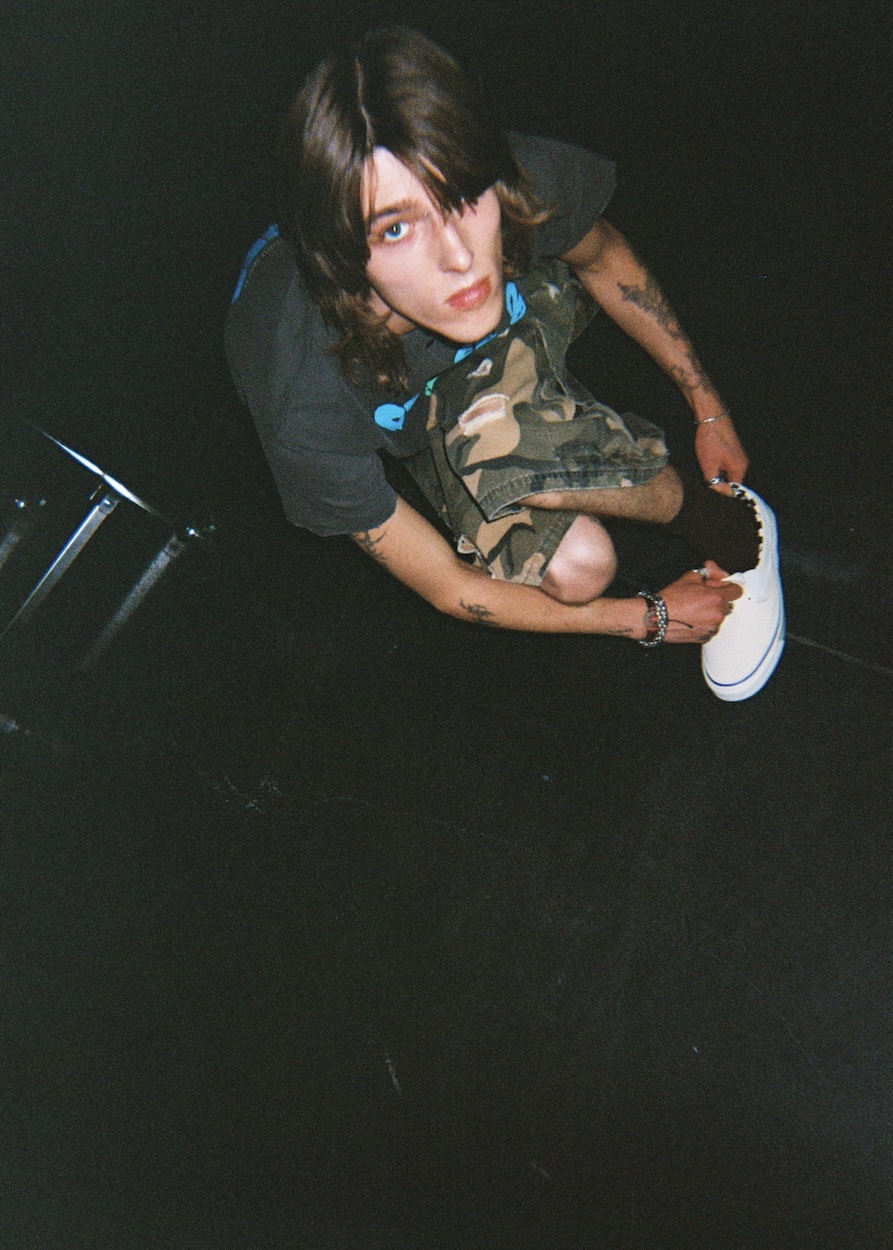
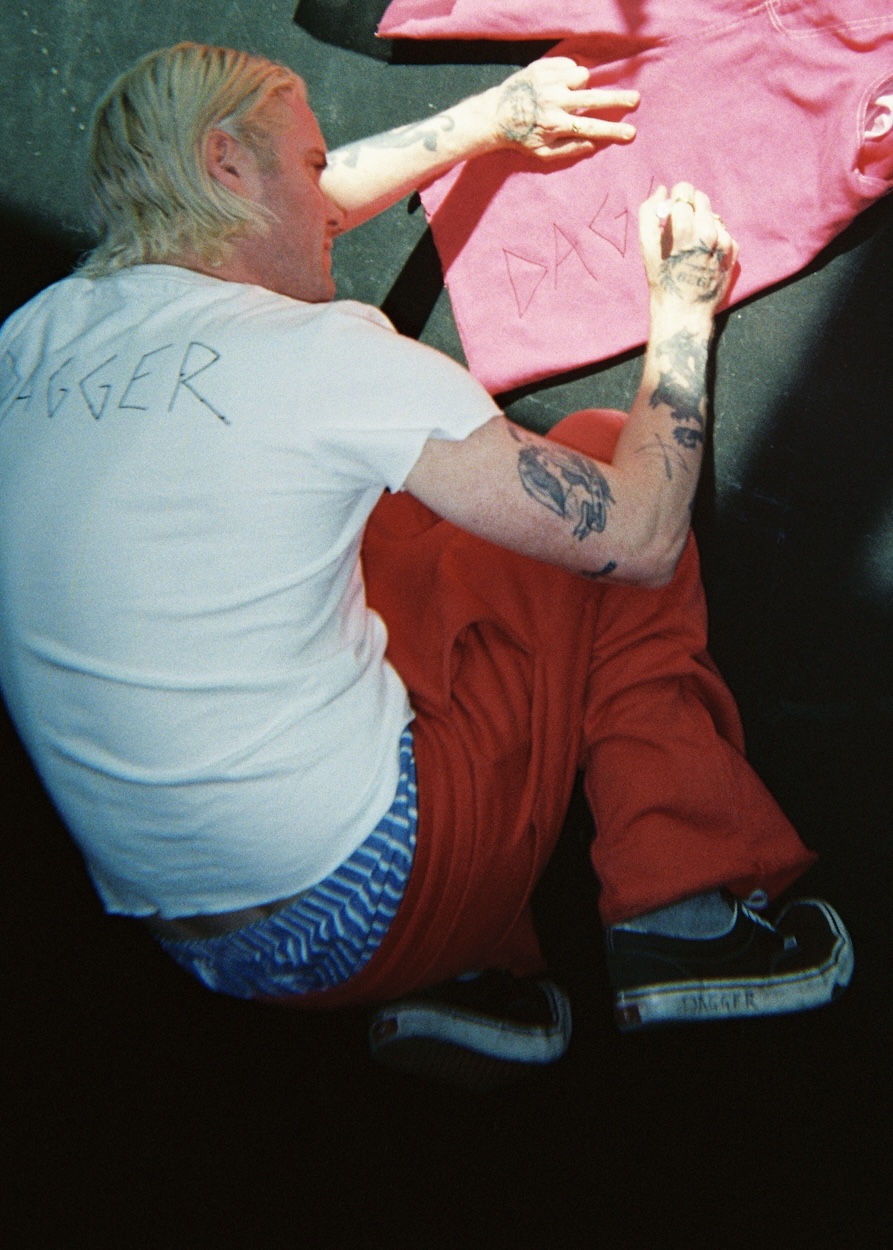
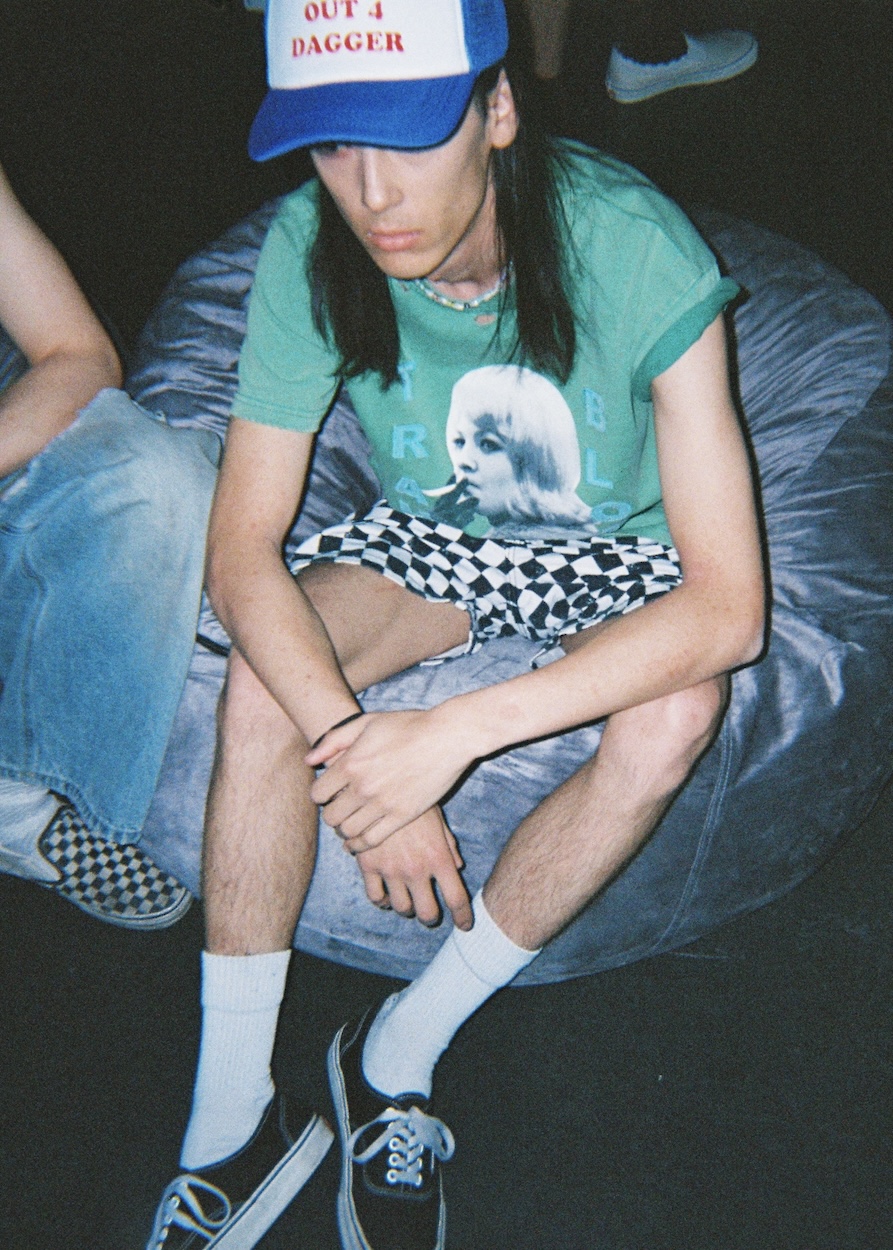
DAGGER
Luke Rainy, founder of Berlin based streetwear label DAGGER, offered an intimate glimpse into his teenage years through his exhibition at RAUM.Berlin. His visual language was shaped by a small-town upbringing in Ireland, deeply influenced by the local skate scene and the imprint of financial hardship. As he puts it, “You’d maybe get one hoodie for your birthday if you were lucky, and then another one the next year. So your clothes would be very washed out, and you’d have holes in them — but you would love this hoodie to death.” This sense of attachment and worn-in authenticity is woven into his own designs. Each piece is meant to feel as though it has already lived a life, while still being a high-end product. We had a chat with him to get a deeper sense of his inspiration, background, and more.
Luke Rainy: It was very important to me to show the clothes on real models instead of mannequins so that the press and buyers coming could really feel the vibe.
I think the reason why I go back to my teenage years is because there are both good and bad memories there. At that age, you’re really like a sponge – trying to find out who you are, experimenting with lots of different things, trying to figure out where you fit in. And I think that teenager lives within all of us, no matter what age we are.
With the installation at RAUM.Berlin, I wanted people to come and really feel that again – maybe also a little of the uncertainty of that time.
I lost my job during COVID in 2020. I had like 300 euros from unemployment benefits, and I spent that on T-shirts. It was just a moment of, like, fuck it – all or nothing. The world nearly fucking ended. If not now, when was I going to do this? The last line of my job dismissal letter was, “We wish you all the best with your professional future and personal well-being.” I printed that on the back of my very first T-shirt, and that’s literally why I’m here talking to you. “All the Best” became the brand slogan, and you see it across everything that we do.
The biggest difference I noticed from London, where I was living before, is the pace at which people walk in the street. I couldn’t believe how casually people walked. After a week of being here, I found myself starting to slow down and breathe a little more. That kind of relaxed energy definitely goes into the clothes and into the brand.
Berlin can be your best friend or your worst enemy. If you come here without any kind of purpose, it’s so easy to fall into a vortex of drugs, drinking, and clubbing.
But there is a lot more to Berlin than just techno, and nightlife. That’s an amazing part of the city and so vital, but it’s not everything. People don’t go out seven nights a week. We work hard, we have jobs, we care about business and supporting creatives.
But you know, the danger is exciting, no? From danger, excitement, and risk comes creativity. I think that’s why we make some of the best music in the world, why we make some of the best clothes in the world. And also because, although the cost of living has gone up, it’s still nothing compared to other major cities. There is still space for artists to come here, create, and build their brands. Which is why it’s so important that the Fashion Council Germany is supporting upcoming artists.
My plans are business-focused. I want to represent German fashion on a global scale in a successful way and show that brands from Berlin can sell. DAGGER is already selling internationally in the best stores like Dover Street Market in Paris, but I also want to bring that energy back to my own city, too. Berlin has given me so much – I want to give something back as well.
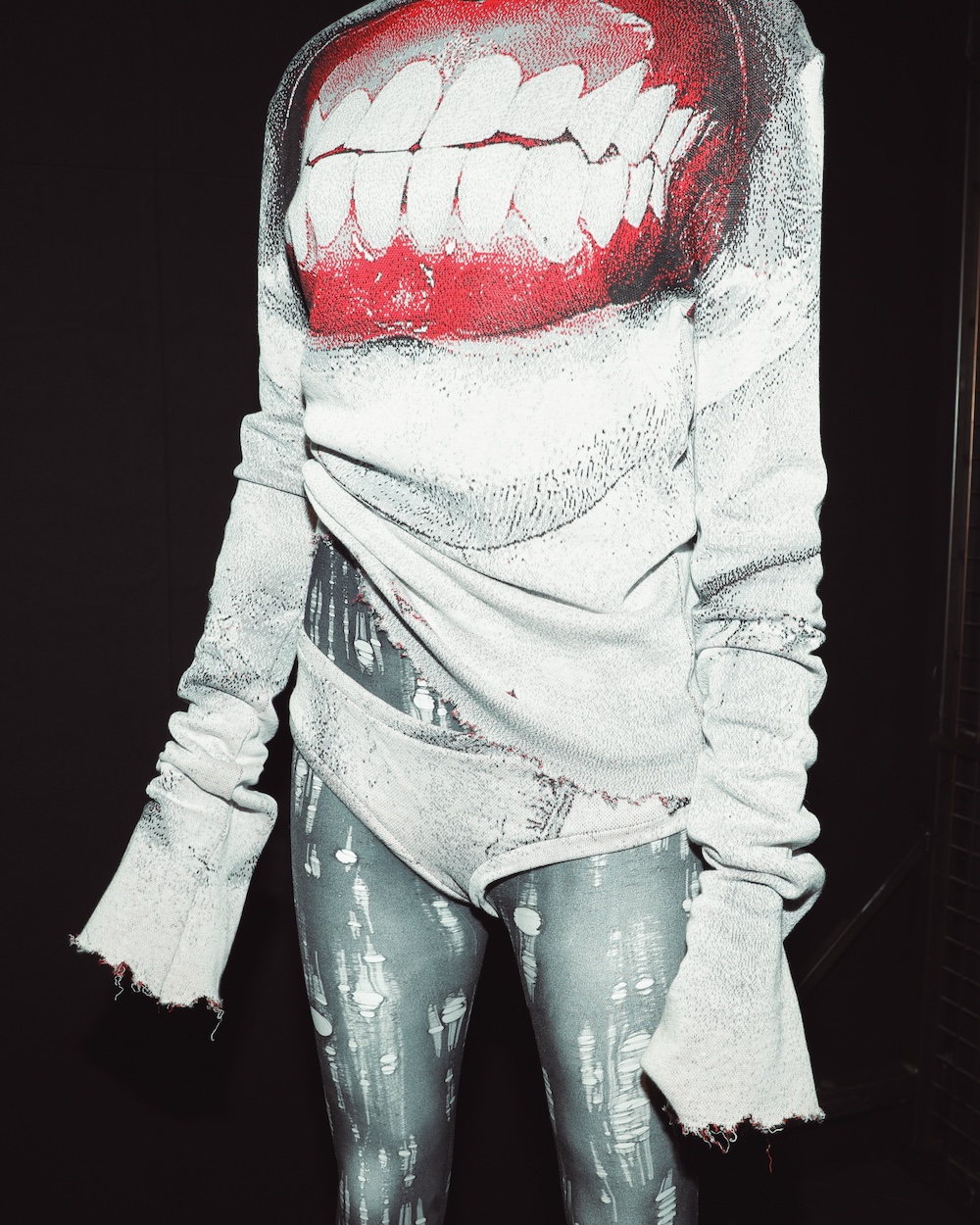
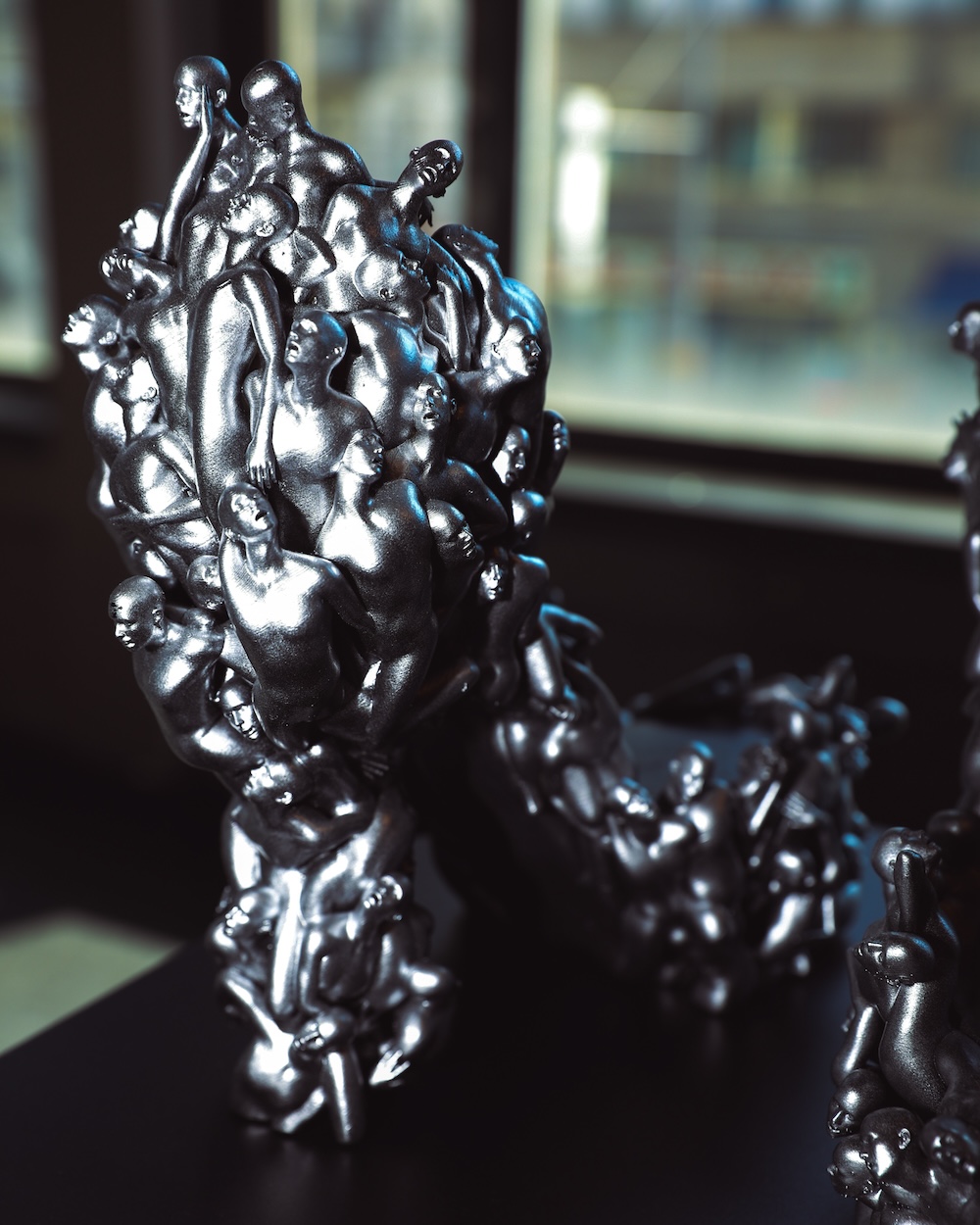
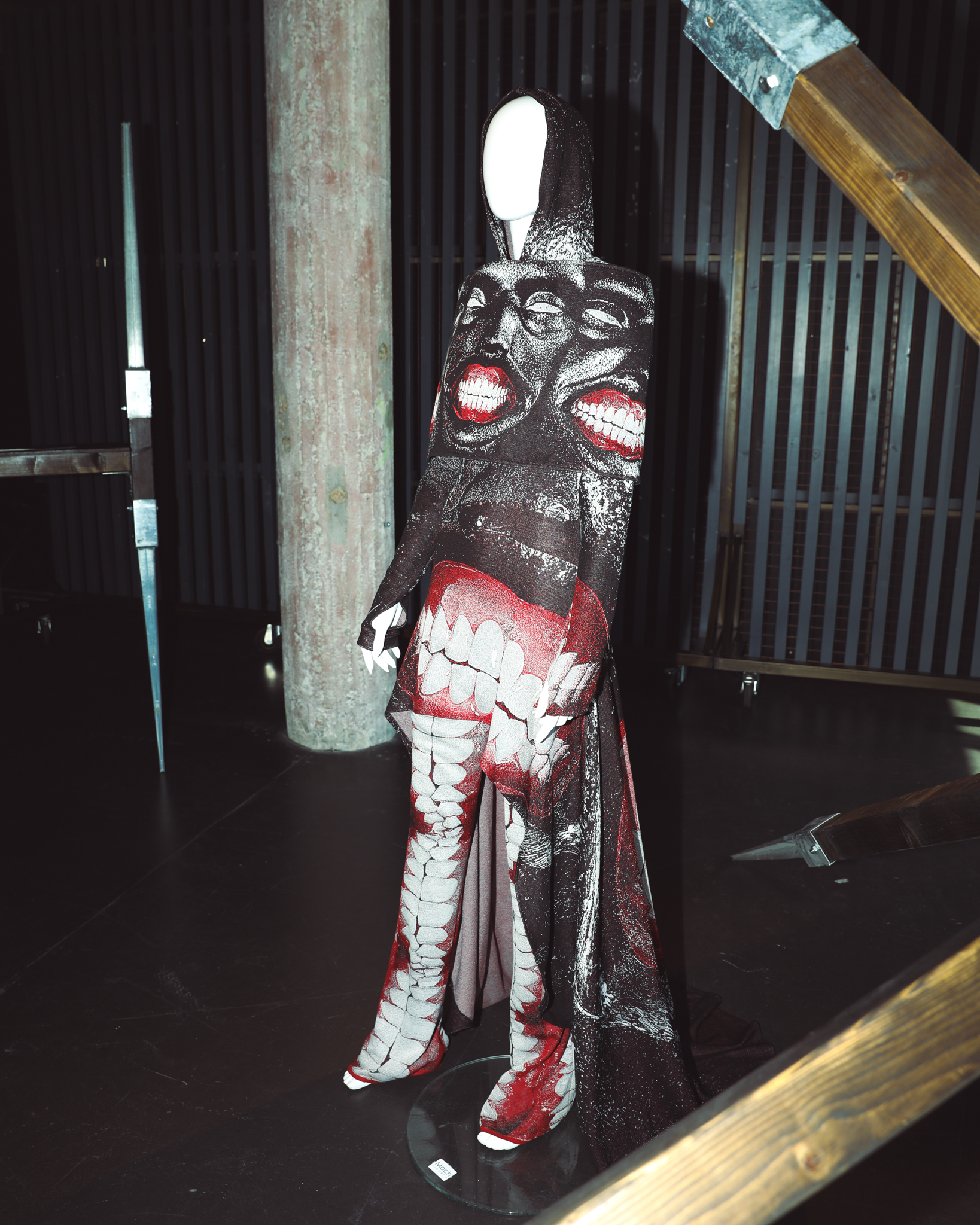
MORITZ IDEN
Moritz Iden discovered the internet as a place of refuge at an early age. Digital aesthetics and the overwhelming abundance of communities and subcultures continue to shape his work to this day. We spoke with him about his inspirations, his aspirations, and the ways in which Berlin influences him.
Moritz Iden: I was the last designer who got in. But I’m super happy they asked me, because I’ve always wanted to work with the Fashion Council Germany but my brand is still relatively small, relatively young.
I don’t want to rush into doing a show at Berlin Fashion Week. That’s definitely still written in the stars. But RAUM.Berlin is the first step in the right direction – making contacts, seeing people, finally putting faces to names. I’ve been very active on Instagram, and most of my work happens online. So it’s nice to finally have something in real life – a proper exhibition.
I’m a child of the first generation that grew up with the internet. It was so accessible for us – the good sides and the bad. You could find community there. And for me, it was kind of a place to retreat.
I’ve always been obsessed with digital aesthetics and with faces. So I started drawing faces and translating all that into 3D. It’s my way of expressing emotions, my way of bringing my art onto paper – or rather, onto the screen – and turning my digital worlds into something real.
Queerness and gender are so deeply rooted that we don’t even really think about it anymore. Sometimes I hear things like, “Oh, it’s nice that you put a guy in a dress,” and I’m like, yeah okay, we did that – but actually, it’s not even a question anymore. My work is not genderless, it’s just what it is. And it’s just very me.
The right people should be the ones talking about it, let’s put it that way. I don’t think everyone has to lead the dialogue, but there should be people doing it.
I don’t think I’m the only person who felt, when they moved to Berlin, like they could finally express themselves. I moved here from a small suburb of Hamburg, and suddenly the big city was there, and you could do whatever you wanted. The city has its dark corners, but it also has its beautiful ones. Just like the internet back then. It’s kind of similar.
Berlin still has subculture. People still do things on their own initiative. And it’s not all just business. It’s not all just money. That always comes after. And I really like that.
I don’t think I’m the only person who felt, when they moved to Berlin, like they could finally express themselves. I moved here from a small suburb of Hamburg, and suddenly the big city was there, and you could do whatever you wanted. The city has its dark corners, but it also has its beautiful ones. Just like the internet back then. It’s kind of similar.
Berlin still has subculture. People still do things on their own initiative. And it’s not all just business. It’s not all just money. That always comes after. And I really like that.

WEEKEND MUSIC PT. 64: IN CONVERSATION WITH THE IRREPRESSIBLES
With Yo Homo! Jamie Irrepressible tore open the borders of queer indie rock – melding…
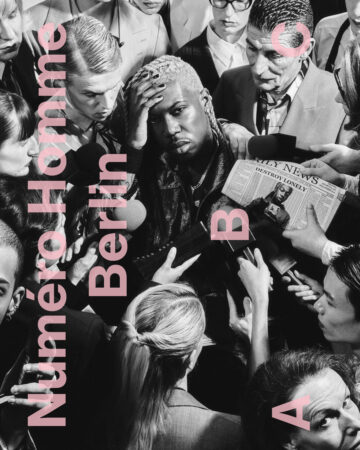
FIGHT ISSUE VOL. B – DESTROY LONELY
MYSTERY MAKES MYTH — DESTROY LONELY IN CONVERSATION WITH HELLA SCHNEIDER
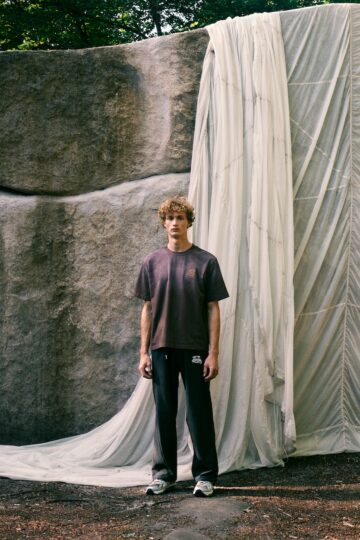
ON OUR RADAR
Numéro Berlin’s weekly collection of the most exciting news about fashion, music, and…
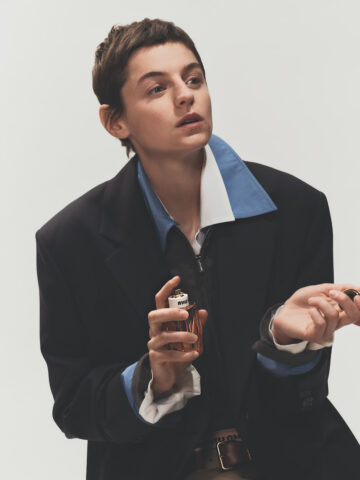
For the launch of Miu Miu’s new fragrance Miutine: Numéro Berlin in conversation with brand ambassador Emma Corrin
Numéro Berlin sat down with Emma Corrin, actor, muse, and embodiment of Miu Miu’s…
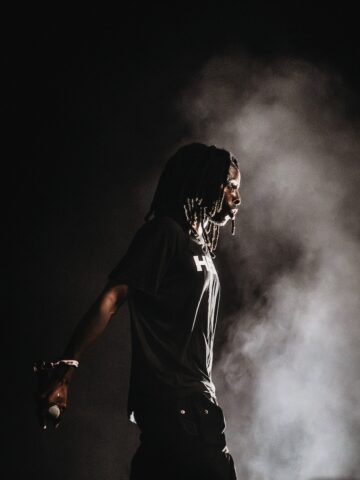
IN CONVERSATION WITH LORD SPIKEHEART
Redefining your understanding of - and connection with music, Lord Spikeheart is once…
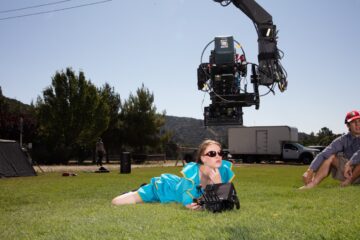
WEEKEND MUSIC PT. 63: IN CONVERSATION WITH AUDREY HOBERT
She’s funny, she’s real, and she brings a fresh new voice to the pop landscape. We…
Interview by Edda Alma Seibert